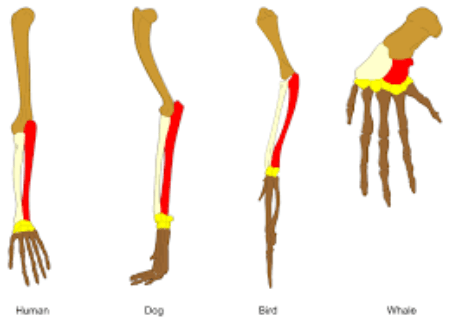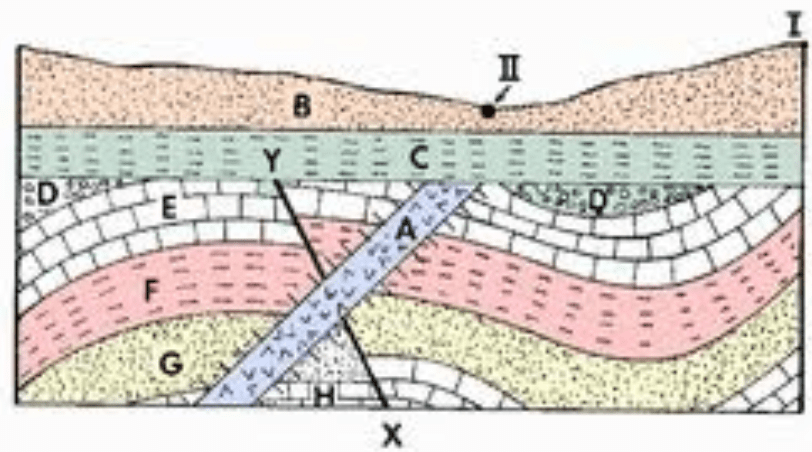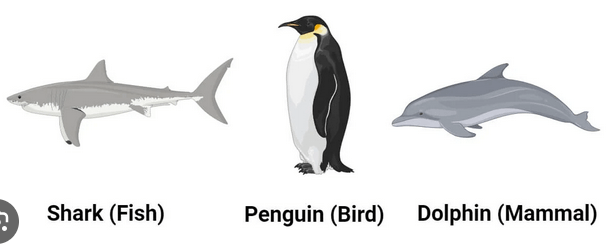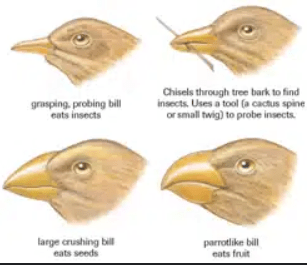This is where genes are located.
What is in the chromosomes or on the DNA.
Earth's earliest atmosphere lacked which gas that is necessary for life to exist as we know it today?
What is oxygen?
Any trace or remains of a once-living organsim that has been preserved by natural processes.
What is a fossil?
Homologous or Analogous Structures are shown below.

What are homologous?
This is the largest star in our solar system.
What is the sun?
These are the threadlike structures that contain DNA.
What are chromosomes?
Which layer is the oldest, C or F?
A seemingly random appearance of a new trait in an organism.
What is a mutation?
Homologous or Analogous structures?
What are analogous?
This is the force that keeps all of the planets in orbit.
What is gravity?
These are inherited traits that an offspring gets from their parents.
What are genes?
This is the word that means "change over time".
What is evolution?
This is the difference between homologous structures and analogous structures?
This is the length of one revolution around the sun.
What is 365 days?
This is the number of chromosomes humans have.
What is 46 or 23 pairs?
Fossils are found primarily in this type of rock.
What is sedimentary?
Any kind of inherited trait that improves an organism's chances of survival and reproduction in a given environment.
What is an adaptation?
Homologous or Analogous?

What is homologous?
How long does a rotation of the earth around it's axis take?
What is 24 hours?
This is what happens when there is a change in the gene sequence which can cause a change in protein resulting in a different trait.
Put the following in order from oldest to youngest:
A) Oceans form on Earth’s surface as it begins to cool and harden
B) Early single-celled bacteria release oxygen in the air
C) Earth is a ball of dust, rock, and ice in space; gravity causes accretion of material
What is C, A, then B?
The process whereby organisms that have advantages survive and pass their genes onto their offspring.
What is natural selection?
Homologous or Analogous?

What is homologous?
What is the name for the path that a planet takes around the Sun?
What is an orbit?